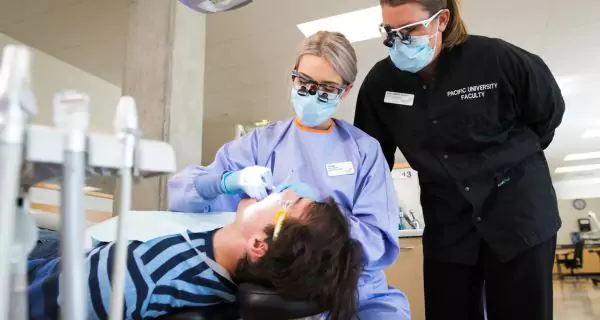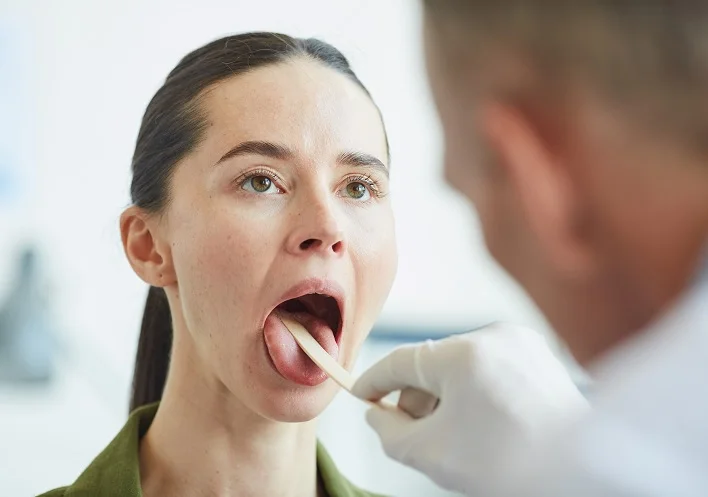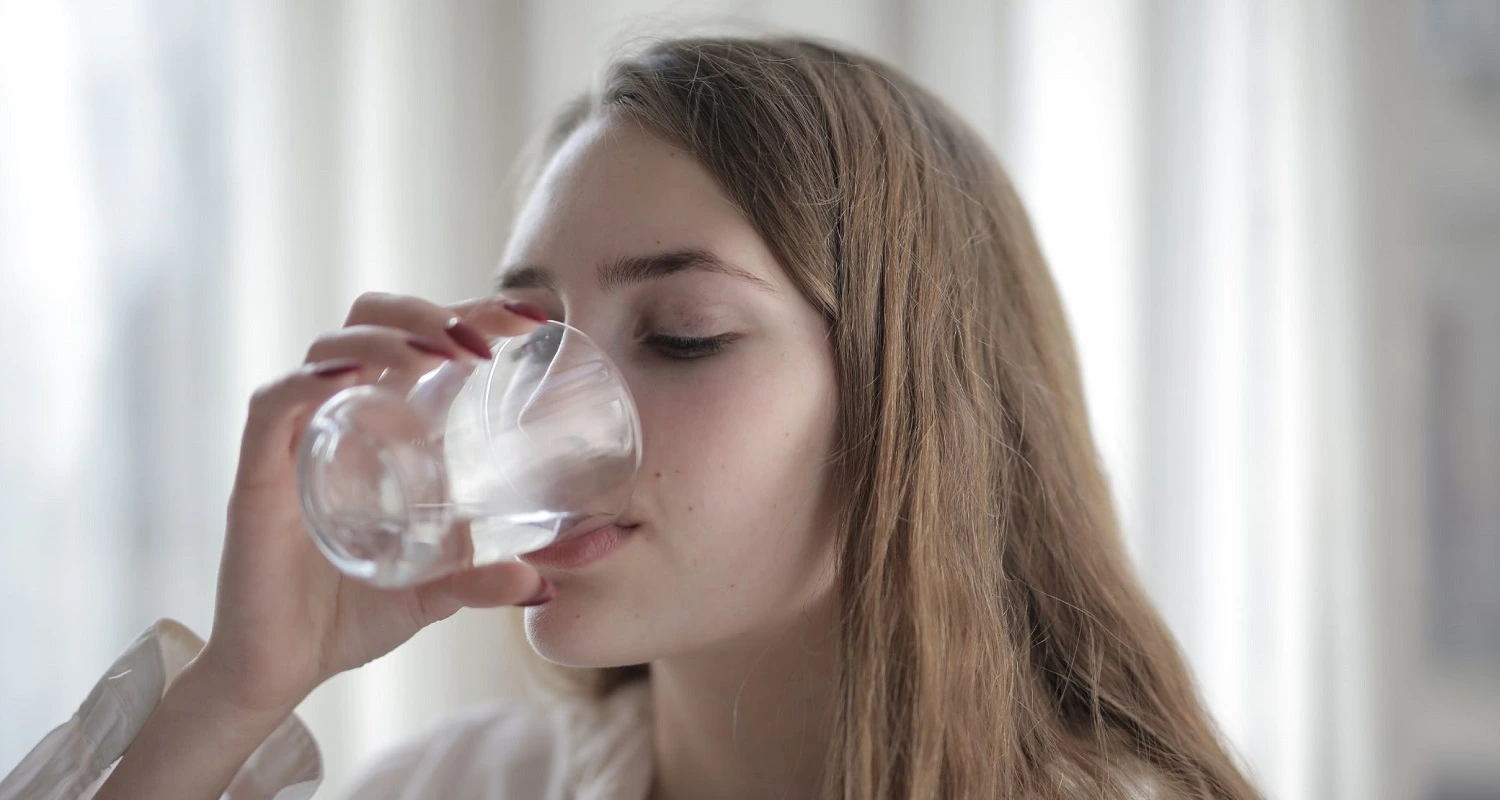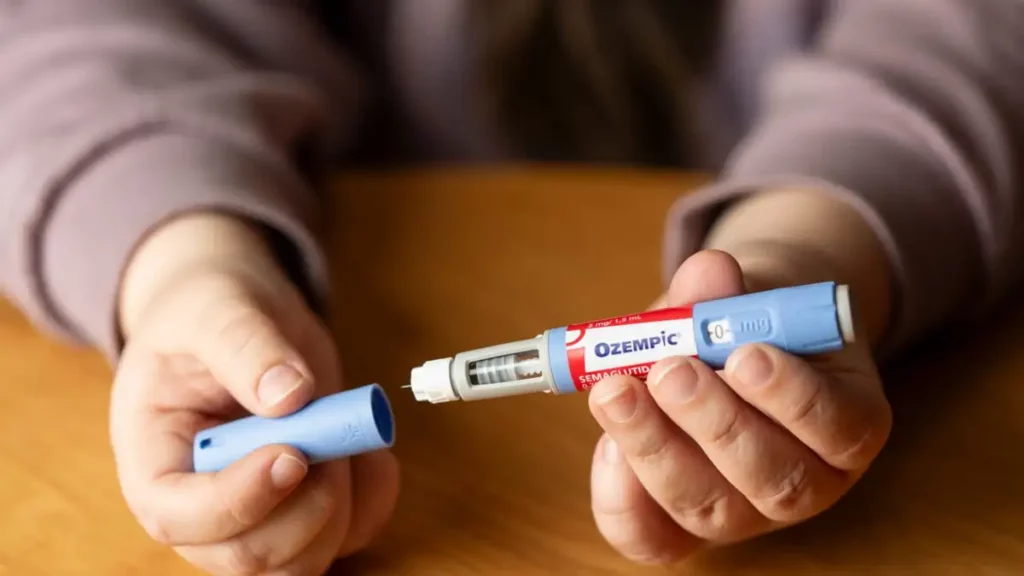Last Updated on: 19th September 2025, 12:52 pm
In some circumstances, you may wonder: why excessive mouth watering happens. This is a situation known as hypersalivation. This is the opposite condition of a dry mouth.
Savoring food, chewing, and swallowing it without difficulty has a very close relationship with the amount of saliva produced in the mouth. Here the well-known adage applies: all extremes are vicious. If you have little saliva and a dry mouth, it is not the normal condition.
What is Saliva Used for?
Saliva is produced in the salivary glands. Every day, a person produces between 0.75 liters and 1.5 liters of saliva. Production peaks at the time of consuming food and reaches its lowest level during sleep.
Saliva moistens food, has antimicrobial action, maintains the integrity of the oral mucosa, remineralizes the oral cavity, and helps in food intake, making it easier to swallow. In addition, it has enzymes that aid digestion. It is also useful for healing wounds, prevents dry mouth, and is a barrier to irritants and toxins.
What is Hypersalivation?
This is the excessive production of saliva associated with muscle control. It is also called sialorrhea or ptyalism.
Excess saliva accumulates and comes out involuntarily through the lower lip, i.e., drooling.
Drooling is normal in the first two years of life, a stage in which the control of the muscles near the mouth has not yet developed. In other phases of life, it is an indicator that it is necessary to review the problem and find the cause.
Sialorrhea can be constant, intermittent, temporary, or chronic. This depends upon what generates it. It is a symptom of an underlying health situation that can be linked to a common and easily treated cause, perhaps even a complex health condition.
If the hypersalivation is the consequence of an infection, the excessive production of saliva is a reaction to eliminate bacteria, and it will disappear when this health condition resolves.
Oscar Castro Reino, President of the General Council of Dentists of Spain, points out that hypersalivation is more common in people diagnosed with neurodegenerative diseases.
Hypersalivation or ptyalism in pregnant women refers to the excessive production of saliva. Hormonal changes, particularly elevated estrogen levels, are believed to contribute to this condition. While generally harmless, ptyalism can lead to increased drooling and discomfort for expectant mothers.
Although it typically subsides after childbirth, employing techniques such as consuming water, sugar-free gum, or ice chips can help alleviate the inconvenience of excessive salivation during pregnancy.
What Causes Excessive Mouth Watering?
Different causes can lead to hypersalivation; they may be related to a temporary event or to another condition that requires treatment for a certain period.
Excessive saliva production, or sialorrhea, can be caused by seeing, smelling, or tasting food. Some people produce too much saliva when thinking about certain foods, a situation popularly expressed as “I taste”, “I pass saliva”, and/or “the mouth waters”.
It also occurs when eating foods high in citric acid or sugar, and chewing gum.
Other causes linked to hypersalivation are:
1. Poor oral hygiene
2. Swollen adenoids
3. Consumption of some medications (anticonvulsants and tranquilizers)
4. False teeth and/or removable prostheses
5. Difficulty keeping the mouth closed, associated with impaired neuromuscular control
6. Pregnancy and nausea typical of pregnancy
7. Autism
8. Stroke
9. Parkinson’s disease
10. Amyotrophic Lateral Sclerosis (ALS)
11. Down Syndrome
12. Exposure to toxins, such as mercury
13. Fracture or dislocation of the jaw
14. Inability to swallow or eliminate saliva
15. Infections in the throat, in the paranasal sinuses, tonsillitis
16. Being infected with rabies or tuberculosis
17. Cerebral palsy
18. Facial nerve palsy
19. Bites from poisonous spiders, reptile venom, and poisonous mushrooms
20. Chronic acid reflux (GERD)
21. Ulcers or inflammation in the mouth
Other factors that can affect excessive salivation are:
• Constantly open mouth.
• Enlarged tongue or inadequate mobility of the tongue
• Poor control of the head and lips.
• Malocclusion (dental misalignment)
• Nasal obstruction
• Altered tactile sensation
What are the Effects of Hypersalivation?
Hypersalivation may result from a chronic disease that affects and impairs muscle control. If it is not treated adequately and promptly, it causes difficulty in speaking clearly and in ingesting food and drinks without choking. Plus, the sense of taste is reduced, among other effects.
A person with sialorrhea is more likely to inhale saliva, food, or fluid into the lungs, which is colloquially described as going the old way, which can lead to aspiration pneumonia. You are more likely to face this situation when your gag and cough reflexes are impaired.
How is Hypersalivation Diagnosed?
The diagnosis aims to identify the root of the problem or the underlying cause that generates excess saliva and later prescribe the appropriate treatment. Diagnosis is very important, as some of the possible causes may entail careful handling. In cases of chronic hypersalivation, symptom management is a crucial factor.
Some of the symptoms that are recorded due to excessive saliva production are:
• Damage to the skin near the mouth
• Dehydration
• Skin infections near the mouth
• Chapped (split) lips
In the diagnostic stage, tests may be required:
• Tonsils and nasal airways
• Mouth, teeth, and surrounding skin
• Control of the tongue
• Swallowing capacity and jaw stability
• Emotional state
• Hunger, hydration, and head posture
Other criteria that must be taken into account in the diagnosis:
• Amount of extra saliva that is produced
• Pre-existing health conditions
• Adverse effects in daily life
• Moment in which excessive salivation is recorded
• Constant or intermittent hypersalivation
• Medication of ongoing treatments
What Treatment Options are Available?
Treatment focuses on the underlying health condition causing hypersalivation and on controlling or reducing its immediate effects.
Treatment may include therapies, medications, or home remedies, depending on the cause of the excessive salivation.
You can also incorporate behavior changes, speech therapy, posture and head control, lip-locking techniques, and improved tongue control.
Medication to reduce saliva production and anticholinergic medications may be prescribed, but they will manifest various side effects: drowsiness, irritability, restlessness, constipation, urinary retention, hot flashes, and blurred vision.
Cases of chronic hypersalivation require specific treatment, depending upon the health condition that generates excessive saliva production.
In temporary cases it is possible to resort to home remedies:
1. Drinking a lot of water can reduce saliva production.
2. Limit consumption of acidic and sugary foods.
3. If the cause is a cavity or oral infection, the treating physician will refer the case to a dentist.
4. Regular brushing helps reduce inflammation of the gums, which may be the trigger for excessive salivation.
5. Using an alcohol-based mouthwash helps stabilize the moisture level in your mouth.
Botox injections are another alternative. In the context of treating TMJ, Botox injections have been explored for their effects. This substance induces muscle paralysis and temporarily reduces salivary gland activity, potentially alleviating symptoms for a few months.
If it is an extreme case, the treating physician may recommend surgery to remove the salivary glands or relocate them to facilitate the passage of saliva through the back of the mouth.
An alternative to surgery is radiation therapy, which relieves hypersalivation and causes dry mouth.
Although sialorrhea is not a disease but a symptom of a health condition, it is a situation that requires diagnosis promptly. If it is a temporary circumstance, it may be treated with simple therapies, but it could require complex treatment that goes beyond home care.
Frequently Asked Questions
Why is My Mouth Filling with Water?
A watery mouth, also known as hypersalivation, sialorrhea, or ptyalism, is a condition characterized by an overproduction of saliva. Nausea often accompanies this excess salivation, along with a distaste for certain foods and frequent swallowing. A watery mouth may have an underlying medical cause, which can also lead to nausea and other gastrointestinal symptoms.
Why Am I Suddenly Producing Excess Saliva?
Sudden increases in saliva production can often be attributed to infections such as sinus infections, strep throat, mononucleosis, and tonsillitis. These conditions may cause hypersalivation as a natural defense mechanism to help combat the infection. Typically, this increase in saliva is temporary and subsides once the underlying infection is resolved.
Should Excess Saliva Be a Cause for Concern?
Yes, persistent or severe drooling can result in health complications. Excessive salivation, for instance, can lead to angular cheilitis, a painful skin condition marked by cracked sores at the corners of the mouth. Additionally, in some instances, excess saliva may be aspirated into the lungs, potentially causing pneumonia.
How Can You Stop Excess Saliva Production?
Common treatment options include daily oral medications that reduce saliva production, periodic Botox injections to temporarily decrease saliva flow, or various surgical procedures that involve removing certain salivary glands or rerouting them away from the mouth.
Can Stress Lead to Excess Saliva?
The Link Between Anxiety and Excess Saliva Production
Anxiety can contribute to increased saliva production, leading to drooling or spitting. At least three possible connections exist between anxiety and saliva overproduction. Excessive saliva can be an uncomfortable symptom that may heighten anxiety. If this causes concern, consulting a doctor can provide further insights and reassurance.
Share:
References
1. Buff, Sheila (September 2019). What is Hypersalivation and How Is It Treated? / Healthline.com / Retrieved December 20, 2022 from https://www.healthline.com/health/dental-and-oral-health/hypersalivation
2. Cisneros-Lesser, Juan Carlos, Sabas Hernández-Palestina, Mario. (January 2017) Treatment of the patient with sialorrhea. Systematic review / medigraphic.com / Retrieved on December 20, 2022 from https://www.medigraphic.com/pdfs/invdis/ir-2017/ir171c.pdf
3. Cleveland Clinic (February 4, 2022) Drooling / my.clevelandclinit.org / Retrieved December 20, 2022 from https://my.clevelandclinic.org/health/symptoms/22384-drooling
4. Lorca, María (May 2017). Treatment of Sialorrhea and Analysis of Trace Elements in Saliva in Patients with Mental Disabilities / University of Murcia – Faculty of Medicine / Retrieved on December 20, 2022 from https://www.tdx.cat/bitstream/handle/10803/462244/TMLL.pdf
5. Roca, Adriana (October 2022) Hypersalivation: what it is and how to cure it. Antena3.com / Retrieved on December 20, 2022 from https://www.antena3.com/novamas/vida/hipersalivacion-que-como-cura_20221004633c06b1ed945b0001dc5c1a.html
6. Sissons, Claire (November 2022). What can cause spots on the tongue? / Medicalnewstoday.com / Retrieved December 20, 2022 from https://www.medicalnewstoday.com/articles/321891
7. Tapia, Sara, Chana, Pedro, Araneda Oscar et al (September 2014). Management of sialorrhea in people with Parkinson’s disease through conductive behavioral therapy and thermo-tactile stimulation. Chilean Journal of Neuro-psychiatry, Vol 52, No. 3 / scielo.cl / Retrieved on December 20, 20222 from https://www.scielo.cl/scielo.php?script=sci_arttext&pid=S0717-92272014000300003
-
Nayibe Cubillos M. [Author]
Pharmaceutical Chemestry |Pharmaceutical Process Management | Pharmaceutical Care | Pharmaceutical Services Audit | Pharmaceutical Services Process Consulting | Content Project Manager | SEO Knowledge | Content Writer | Leadership | Scrum Master
View all posts
A healthcare writer with a solid background in pharmaceutical chemistry and a thorough understanding of Colombian regulatory processes and comprehensive sector management, she has significant experience coordinating and leading multidisciplina...



















